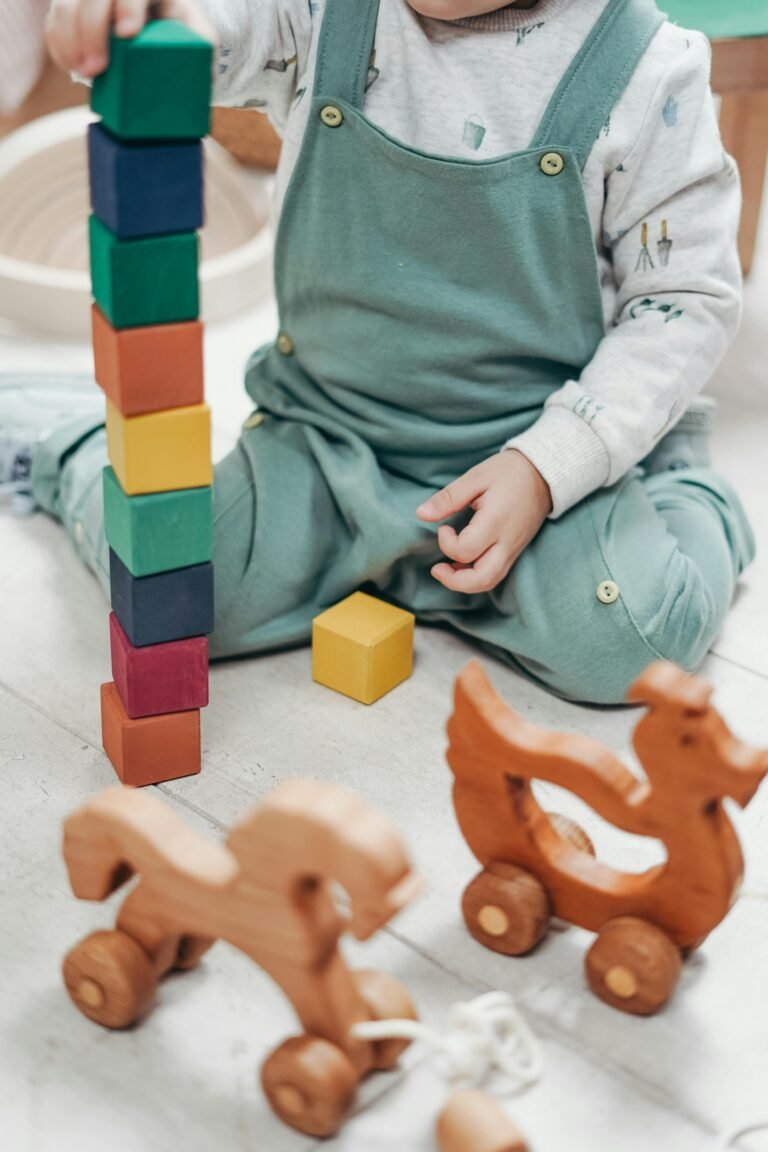
Alright, let’s talk ABA. If you’re diving into this world, whether as a parent seeking answers or a therapist honing your skills, you know the jargon can feel like learning a new language! It’s easy to get lost. But stick with me, because beneath the terms like ‘verbal operant’ and ‘contingency,’ there are incredibly powerful, practical tools. Today, we’re zooming in on one of the absolute game-changers I see transform lives daily: the mand.
What Exactly Is a Mand? (Hint: It’s Simpler Than You Think!)
Okay, ‘mand.’ Sounds technical, right? But peel back the ABA layer, and it’s something profoundly simple and human: a mand is asking for what you want. That’s it! It’s driven by that specific moment’s desire – what behavior analysts call ‘motivation’ or the ‘motivating operation’ (MO). Think about your morning coffee craving – that urge motivates you to ask, “Can I get a latte?” That’s you manding!
For the kids we work with, especially our neurodiverse learners, mastering the mand isn’t just about talking; it’s about realizing, “My voice matters. When I communicate, the world responds.”
Consider these everyday examples of mands:
- Requesting Items: A child reaching for a toy and saying “Car!” (or just pointing intently!)
- Requesting Actions: Pulling you towards the swing set and vocalizing “Swing!” (or making a swinging motion!)
- Requesting Help: Bringing you a jar they can’t open and saying “Help, please!” (or even just looking at you and the jar expectantly).
- Requesting to Stop: Pushing away a spoon of food and saying “No more!” (or turning their head away firmly).
- Requesting Information: Pointing at an unfamiliar object and asking “What’s that?” (or looking quizzically).
See? It ranges from the tiniest gesture to a full sentence. The key isn’t how fancy the communication is, but that it’s driven by a want and aims to get that want met.
Why are Mands Such a Big Deal in ABA? Let Me Count the Ways…
Mands aren’t just a nice skill to have; they are absolutely foundational. Here’s why they get so much focus:
- The Engine of Communication: Think of it less like a cornerstone and more like the engine of communication. It’s often the first type of verbal behavior we target because it has an immediate, tangible payoff for the child. They ask (mand!), they get. Boom. That connection – ‘My words/actions = getting what I want’ – is pure motivational fuel.
- Boosting Independence & Dignity: This is HUGE. Imagine relying on someone else guessing your needs all day. Exhausting, right? Mands give kids the steering wheel. It’s about dignity, choice, and reducing that feeling of helplessness. It builds confidence like almost nothing else.
- Meltdown Prevention Power: Let’s be real – a lot of frustration and meltdowns boil down to unmet needs + inability to communicate them. It’s like being trapped in a soundproof box. Teaching a child to mand for ‘break,’ ‘help,’ ‘all done,’ or even ‘iPad’ gives them an escape valve before the pressure builds to bursting point.
- Seeing Problem Behaviors as Functional Mands: This is where your ABA detective hat comes on. As BCBAs and therapists, we learn to see beyond the behavior to its function. That tantrum when you put the cookies away? It might look like defiance, but functionally? It could be a really powerful, albeit socially inappropriate, mand for ‘More cookies!’ The scream when you leave the room? Possibly a mand for ‘Come back!’ Understanding this shifts our perspective from ‘stopping bad behavior’ to ‘teaching a better way to ask.’ It breeds empathy and points us toward effective solutions.
- Building Social Bridges: It’s not just about getting stuff. Mands are how we initiate interaction. ‘Play with me?’ ‘What’s that?’ ‘Look!’ These are bids for connection, the very first threads of social engagement.
- Increased Satisfaction – For Everyone! Picture this: Scenario A – Whining, pointing, escalating cries until someone guesses ‘Juice?’ Everyone’s stressed. Scenario B – The child uses a picture/sign/word for ‘Juice,’ gets it promptly with a smile. Which world do you want to live in? Teaching functional, appropriate mands drastically reduces stress and friction for everyone. It replaces guesswork and frustration with clarity and positive connection. This positive cycle reinforces more communication.
- The Language Launchpad: Absolutely. Mands build the foundation. Once a child understands communication gets them things they want, it opens the door to labeling things (tacting), answering questions (intraverbals), and so much more complex language.
How Do We Nurture Mands in ABA? (It’s a Team Effort!)
Teaching mands is tailored to each child, but the core ingredients are pretty consistent:
- Become a Motivation Detective: Job number one is figuring out what does this child really light up for right now? Toys, snacks, tickles, songs, spinning? We use preference assessments, but parents, you are often the experts here! This isn’t just about finding rewards; it’s about tapping into genuine desire.
- Create Opportunities: We call this ‘capturing and contriving motivation.’ It might mean putting that favorite car just out of reach, pausing a fun tickle game expectantly, or offering choices. It’s about creating moments where asking becomes necessary and worthwhile.
- Guide and Support (Prompting): This is where prompting comes in – giving hints (showing a picture, saying the first sound, gently guiding hands for a sign). The art is giving just enough help to ensure success, then fading that help out systematically so the child becomes independent. It’s a dance!
- Celebrate Success with Reinforcement! The magic happens here: When they mand (even an approximation!), they immediately get what they asked for. That powerful connection reinforces the mand and makes them want to do it again.
- Parents, You’re Key! You can supercharge progress! Notice those little attempts – the reach, the glance, the sound – and try to honor them as requests when possible. Create simple asking opportunities throughout the day. You’re their most important communication partner!
Ready to See the Power of the Mand in Action?
Feeling the power of the mand? It truly is foundational. Understanding this one concept can shift how you see communication challenges and open doors you might not have thought possible.
Want to put this into practice? Try this small experiment this week:
- Become a Motivation Observer: For just 10 minutes a day, actively watch your child (or a client). What are they gravitating towards? What makes their eyes light up? What do they try to reach for or seem frustrated they can’t get? Jot down 2-3 things that seem highly motivating in that moment. Don’t try to teach yet, just observe and understand their current ‘wants.’
This small step builds the foundation for effective mand training!
Ready to explore how to systematically teach mands, identify the best motivators, or learn about other crucial ABA concepts like reinforcement or shaping? That’s where we dive deeper. Let’s connect and continue building that bridge to communication, together.










